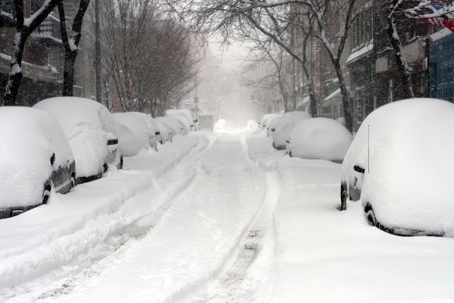Winter means black ice. Black ice happens when the temperatures are below freezing and the roads or sidewalks ice over. Black ice is really no different from regular ice but gains its name as it can appear completely transparent. We don't see black ice or know it’s there until our tires or feet start slipping out from underneath us. This makes black ice incredibly dangerous for those traveling by car, motorcycle, bicycle, or walking.
Black ice can be deadly and is the cause of over 135,000 injuries around the U.S. each year. There are many ways to combat black ice from affecting your commute to work or school.
How Can You Manage Black Ice?
There are a few precautions that all individuals should take to avoid black ice accidents on roads or sidewalks:
- Slow down. Slowing down your speed during below-freezing temperatures and snowfall can help you avoid an accident. If black ice is present, you may temporarily lose control of your vehicle. Driving slower than usual can help you react and adjust as needed. Also, watch out for slippery intersections or areas, such as bridges, where cars typically slow down. Walking with more caution and less speed than usual can also help lessen your injuries if you were to fall.
- If you do hit black ice, do not apply your brakes suddenly. Instead, you should gently brake so that black ice doesn't cause you to lose control over the vehicle. Also, keep your steering wheel straight and in the same direction. Any sudden jerking movements may cause you to lose control of your vehicle.
- Use caution when exiting the roadway or crossing an intersection. Do not make sudden turns when leaving the road since black ice could cause your car to slide through an intersection. Also, if you are walking from the sidewalk into the street, be cautious in case the sidewalk you were walking on was adequately salted, but the road was not.
- Anyone commuting on their bike should wear bright clothing so that other commuters will be able to see them more easily and be cautious of them on the road. When traveling through black ice on a bicycle, it's important not to ride too fast or make sudden changes in direction because you may skid out unexpectedly.
Even if you didn't hit black ice yourself, it could still pose a danger to you if another driver or commuter hits it and causes injury. If you were involved in a black ice accident this winter, we want to help. Contact us at (646) 846-4776 to schedule your free consultation.

